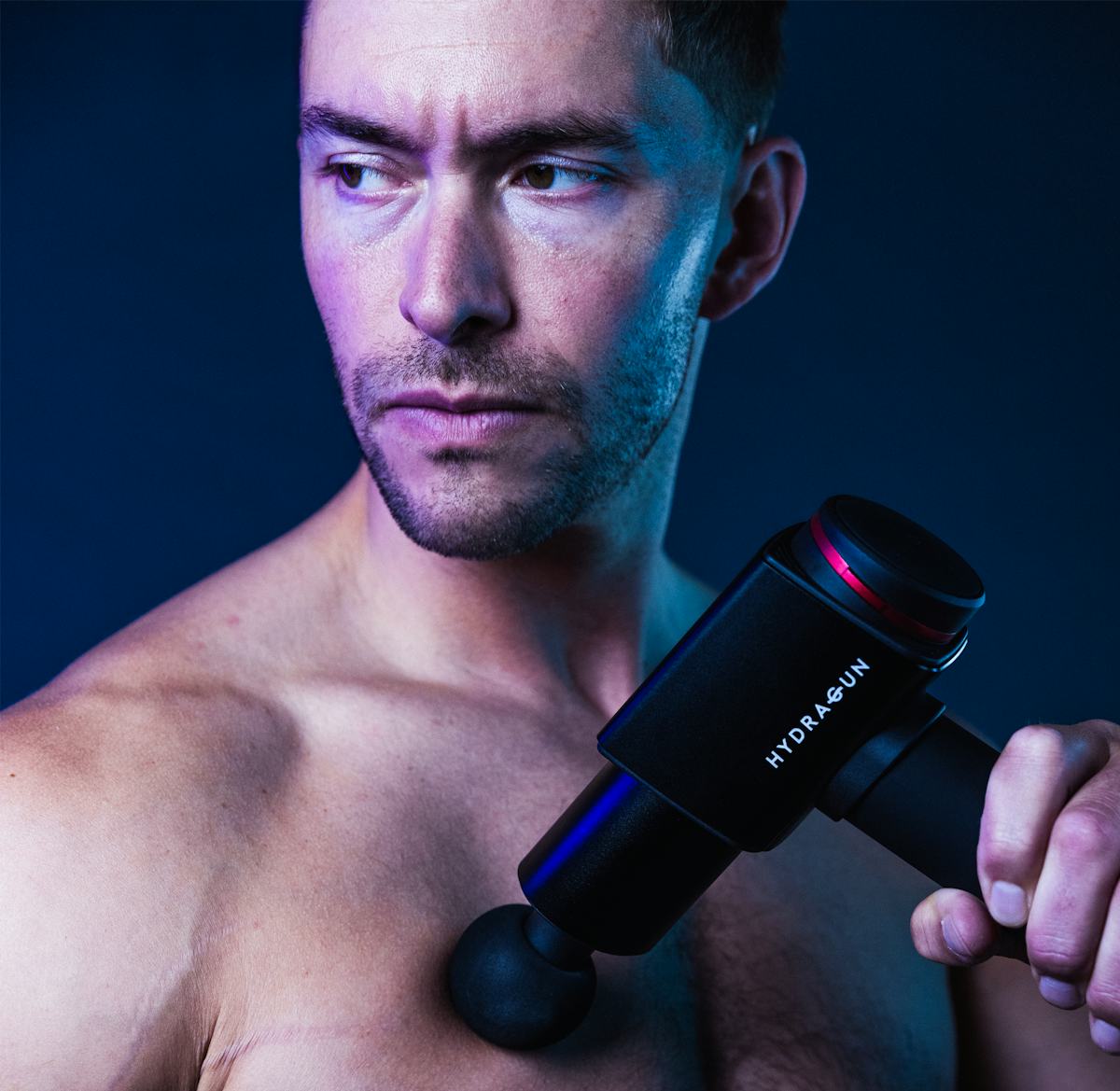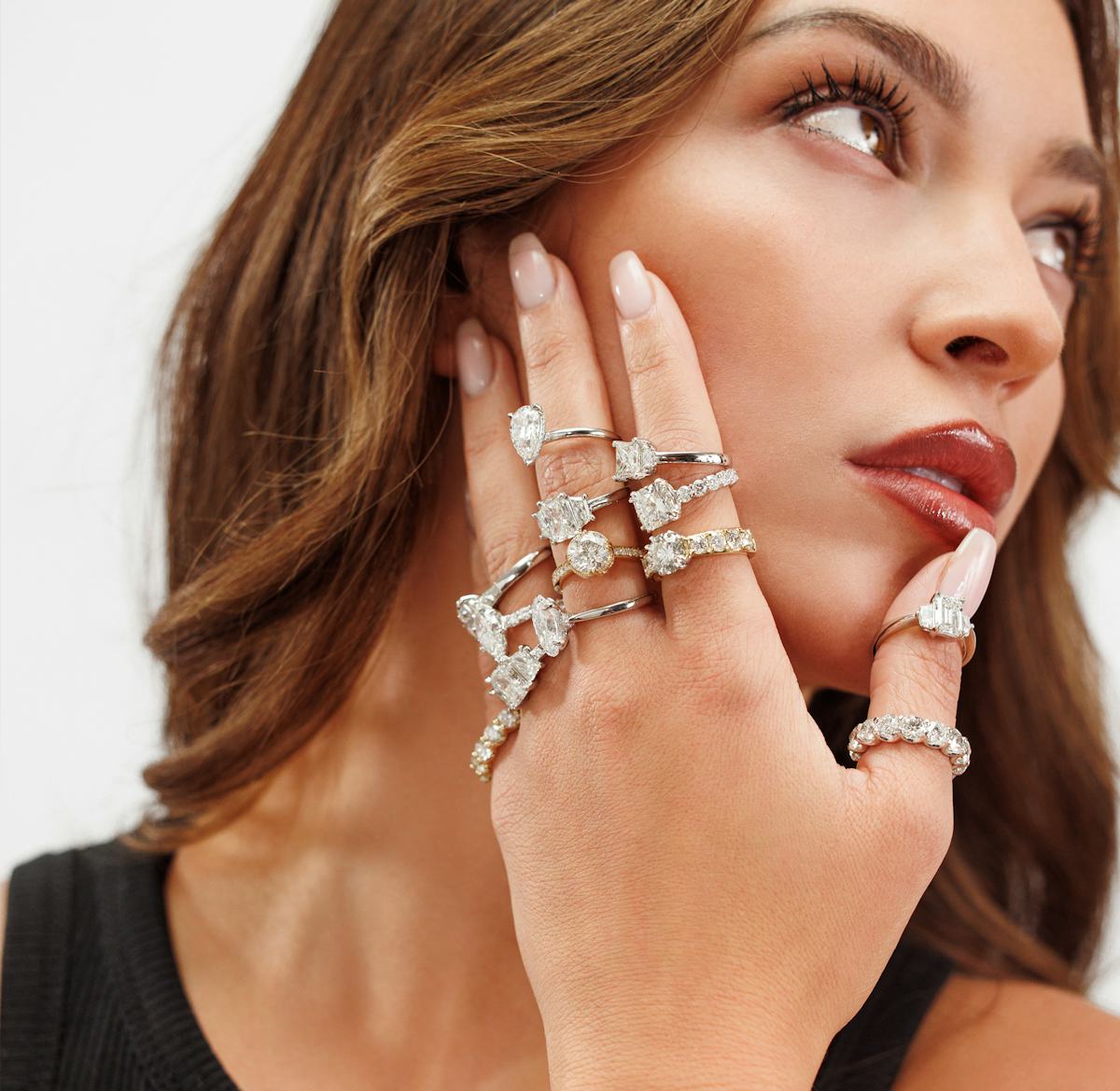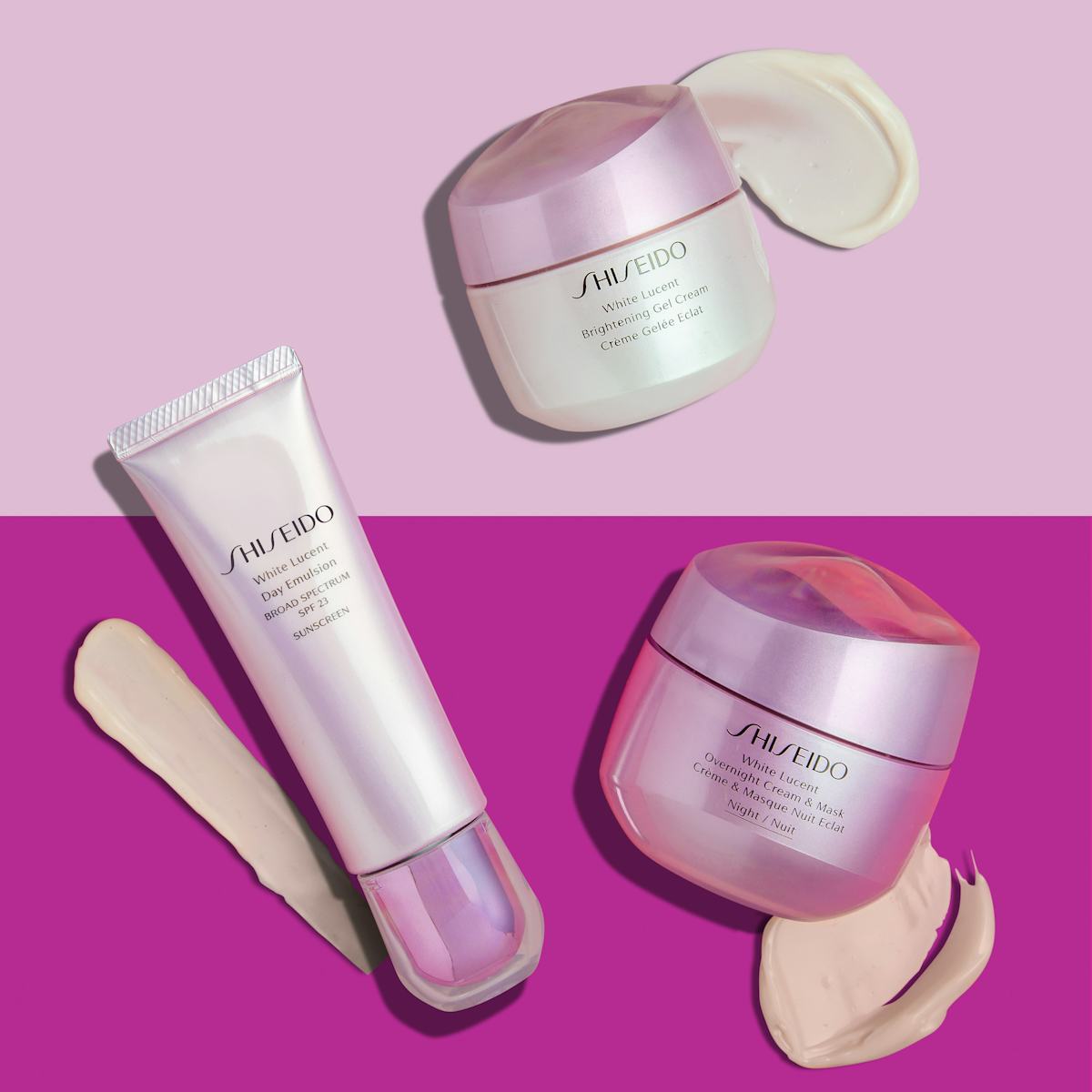Photography advertising has the power to evoke emotions, tell stories, and reinforce brand identity, making it a crucial aspect of modern marketing strategies. With the increasing competition in today's business landscape, creating eye-catching and memorable photo ads is more important than ever. In this blog post, we will explore the benefits of advertising photography, the different types, and how to create effective photography ads that leave a lasting impression on your target audience.
From iconic print ads that have stood the test of time to innovative digital campaigns that push creative boundaries, photography advertising continues to play a vital role in connecting brands with their customers. Let's dive into the world of photography advertising and uncover the secrets to creating impactful and successful such ad campaigns.
Short Summary
- Photography advertising is an effective tool for evoking emotion, telling stories and reinforcing brand identity.
- Professional photographers possess the expertise to create emotionally engaging visuals that resonate with target audiences.
- Successful photography ads leverage composition, lighting and consistency to drive sales while creating lasting impressions.

The Power of Photography Advertising
The power of photography advertising cannot be underestimated. It's a potent tool that can evoke emotions, narrate stories, and reinforce brand identity. Advertising campaigns that utilize photography effectively can leave a lasting impression on the audience, motivating them to take action, and ultimately driving sales.
Professional, advertising photographer and photographers are key to creating successful photography ads, as they bring expertise, experience, and a keen eye for detail.
In the following sections, we will delve into three main aspects of photography advertising: emotional responses, visual storytelling, and brand identity reinforcement, to better understand how photography can be harnessed to create powerful and effective advertisements.
Emotional Responses
Photography has the power to create an emotional connection with the audience, which is crucial for effective advertising. Our minds interpret visual data in a nonlinear fashion, forming a nearly complete perspective from a quick initial glance at imagery that focuses on familiarity. This highlights the importance of first impressions when using photography to connect with an audience.
In fashion photography, for example, images of people wearing the brand's clothes and engaging in interesting activities are used to create an emotional impact on the audience, encouraging them to respond positively to the clothing and increasing the likelihood of them purchasing the items.
Product shots are also essential for a brand, as they can significantly impact customers' perception of the products and the brand as a whole.
Visual Storytelling
Visual storytelling is another powerful aspect of photography advertising. By using photographs to communicate a story or message, an emotional connection with the photograph and the audience can be fostered, effectively delivering a brand's message. The "less is more" approach in photography advertising suggests that a photograph should provide a platform for the audience to add their own interpretation and experience, engaging them in the desired atmosphere.
Environmental photography, for example, can be employed in advertising to demonstrate people utilizing or benefiting from a product or service while narrating a story or conveying a brand's primary message. One notable example of visual storytelling is Dimitri Daniloff's work for PlayStation, which explores humanity's limits through the clashing of deconstructed bodies.
Brand Identity Reinforcement
Brand identity reinforcement involves reinforcing the visual and messaging elements that make up a brand's identity. Using consistent branding across all marketing materials, including photography, helps create a unified corporate brand identity that provides direction and purpose, elevates the perception of products, aids in recruiting and retention, and helps maintain brand equity.
Utilizing consistent photography can assist in creating a recognizable voice and tone for a company's brand, leading to increased brand recognition among customers. For businesses unable to invest in professional photography, DIY product photography can be a viable option.

Types of Photography Advertising
There are three main types of photography advertising: product photography, lifestyle photography, and conceptual photography. Each type serves a unique purpose and offers different benefits for businesses looking to create a lasting impression on their target audience.
Product photography focuses on the product itself, typically in a studio setting. Lifestyle photography captures people using the product in everyday life, creating a relatable and genuine connection with the consumer and the audience. Conceptual photography, on the other hand, uses creative elements to convey a message or idea, often generating powerful visuals that elicit emotion and leave a lasting impression.

Product Photography
Product photography is a specialized form of commercial photography that seeks to illustrate products in an aesthetically appealing manner to stimulate sales. Beauty photography, for example, demonstrates that the featured product can enhance one's attractiveness or address a particular issue.
The purpose of commercial photography is to present an image of how consumers can benefit from the product, often by placing it in a natural setting and context that makes sense. This helps the photographer create an emotional connection with the viewer, ultimately increasing the likelihood of them making a purchase.

Lifestyle Photography
Lifestyle photography is a style of portrait/people photography that captures and documents real-life events, situations, or milestones in an artistic and professional manner, aiming to portray a "slice of life". It focuses on capturing candid moments of people in their everyday lives, striving to create an aspirational reality that resonates with viewers.
Lifestyle photography can be leveraged to craft advertisements that evoke emotion and narrate a story. Examples of successful lifestyle photography campaigns include Nike's "Just Do It" campaign, which featured athletes in action shots to capture the spirit of the brand, and Apple's "Shot on iPhone" campaign, which featured everyday people using their iPhones to capture stunning images.

Conceptual Photography
Conceptual photography is a type of photographic art that focuses on conveying an idea or concept through images, rather than simply presenting an image as a visual representation. Its purpose is to convey an idea or concept through visuals, making it an effective way to create strong emotions and leave a lasting impression.
Utilizing conceptual photography can generate powerful visuals that elicit emotion and leave a lasting impression. Examples of successful conceptual photography campaigns include Apple's "Shot on iPhone" campaign and Nike's "Just Do It" campaign, both of which have made a significant impact on their respective industries.

Tips for Creating Effective Photography Ads
Creating effective photography ads is an art form that requires careful consideration and attention to detail. In this section, we will explore three main tips for creating effective photography ads: choosing the right image, composition and lighting, and consistency and cohesion. By following these tips, businesses can ensure their advertising photography campaigns are visually appealing, emotionally engaging, and ultimately successful.
Choosing the right image is key to conveying the desired message and evoking emotions in the audience. Composition and lighting should be used strategically to draw attention to the product and create a visually captivating image. Consistency and cohesion between the ad and landing page are essential for achieving the highest conversion rate and maintaining a strong brand identity.

Choosing the Right Image
Selecting an appropriate image for photography ads plays a vital role in determining their success. It is essential to choose an image that is aesthetically pleasing, relevant to the product or service being advertised, and elicits emotions from the target audience.
To ensure the image is appropriate and effective, consider factors such as visual appeal, relevance to the product or service being advertised, and the ability to evoke emotions in the target audience. By carefully selecting the right image, businesses can create photography ads that resonate with their audience and drive sales.

Composition and Lighting
Composition and lighting play a crucial role in photography ads, as they are essential for creating visually captivating images that capture the attention of viewers and evoke an emotional response. The rule of thirds, a composition technique that divides an image into thirds, both horizontally and vertically, can be utilized to create balance and direct the camera and viewer's attention to the most relevant elements of the image.
Various lighting techniques, such as natural light, artificial light, backlighting, and side lighting, can be employed to create a unique mood and atmosphere in the image. By strategically using composition and lighting, businesses can ensure their photography ads stand out and make a lasting impression on their target audience.

Consistency and Cohesion
Maintaining consistency and cohesion between the advertisement and the landing page is crucial for achieving optimal conversions. To ensure consistency and cohesion in photography ads, it is recommended to utilize consistent photo editing, color matching, the same filters, consistent lighting, and uniformity in the images.
Doing so will assist in creating a recognizable voice and tone for a company's brand, as well as build trust and credibility with customers. By maintaining consistency and cohesion across different advertising platforms, businesses can create successful photography ads that drive conversions and reinforce their brand identity.

Successful Photography Advertising Campaigns
Throughout the years, there have been numerous successful photography advertising campaigns that have left a lasting impression on viewers. These campaigns include iconic print ads, such as Apple's "Think Different" campaign and Nike's "Just Do It" campaign, as well as innovative digital campaigns, like Airbnb's "Live There" ad campaign and Burger King's "Whopper Detour" campaign.
These successful campaigns serve as a testament to the power of photography advertising and its ability to create strong emotions, lasting impressions, and ultimately drive sales. By studying these campaigns, businesses can gain valuable insights into what makes a photography ad successful and apply these lessons to their own marketing efforts.
Iconic Print Ads
Iconic print ads are memorable campaigns that have become iconic images that are still remembered today, such as Apple's "Think Different" campaign and Nike's "Just Do It" campaign. These campaigns were successful due to their ability to elicit strong emotions from viewers, generate a long-lasting impression, and achieve widespread recognition and recall.
One example of successful utilization of stock photography in an advertising campaign is Apple's Think Different campaign, which employed stock photographs, now accessible through multiple stock services, to effectively convey a sense of greatness in their print ads. These iconic print ads serve as an inspiration for businesses looking to create impactful and memorable photography advertising campaigns.
Innovative Digital Campaigns
Innovative digital campaigns leverage new technologies to create engaging experiences for audiences online. Examples of such campaigns include Airbnb's "Live There" campaign and Burger King's "Whopper Detour" campaign, which use interactive elements to engage with customers.
Utilizing innovative digital campaigns can enable brands to access new audiences, generate more captivating content, and boost brand recognition. By embracing new technologies and pushing creative boundaries, businesses can create photography advertising campaigns that leave a lasting impression on consumers and drive sales.
The Role of Professional Advertising Photographers
Professional advertising photographers play a vital role in creating successful photography ads. They possess the expertise, experience, and skills necessary to capture visually stunning and emotionally impactful images that resonate with the company and target audience.
In the following sections, we will explore the expertise and experience of renowned advertising photographers, as well as their collaboration and communication skills. By understanding the role of professional advertising photographers, businesses can ensure they are working with the best talent to create effective photography advertising campaigns.
Expertise and Experience
Renowned advertising photographers, such as Erwin Olaf, Ian Abela, and Bruno Bisang, possess a wealth of knowledge in various genres of photography, including advertising, lifestyle, landscape, fashion, and fine art photography. Their expertise and experience have contributed to the success of various advertising campaigns, showcasing their unique talents and imagination in producing captivating compositions and product shots.
For example, Erwin Olaf's controversial and provocative photography has earned him the Photographer of the Year title at the International Color Awards in 2006 and the Artist of the Year award given out by the Kunstbeeld magazine in 2007. By working with talented advertising photographers, businesses can create photography ads that stand out from the competition and make a lasting impression on their target audience.
Collaboration and Communication
Collaboration and communication are paramount for successful photography advertising. Photographers must collaborate with a variety of top brands, such as Coca-Cola, Nike, Intel, Evian, IBM, Colgate, Microsoft, Levi's, Nokia, Diesel Jeans, Estee Lauder, Lеvis, Camel, Volvo, L'Oreal, MTV, Ecko, Iceberg, Ford, American Airlines, Puma, Hyatt, Toyota, Mercedes Benz, Columbia Pictures, SBE Entertainment, Volkswagen, Whirlpool, and Google. They must also demonstrate excellent communication skills to ensure the best results.
Greg Powers, an experienced advertising photographer, advises aspiring advertising photographers to gain experience by interning with a reputable commercial photographer or by taking on freelance commercial work to build up their resume. He also suggests exploring collaboration opportunities with graphic designers, creative directors, and models to further refine their skills and create successful photography advertising campaigns.
Summary
In conclusion, photography advertising is a powerful tool that can evoke emotions, tell stories, and reinforce brand identity. By understanding the different types of photography advertising, implementing tips for creating effective ads, and working with professional advertising photographers, businesses can create successful campaigns that leave a lasting impression on their target audience.
As the world of advertising continues to evolve with new technologies and platforms, photography advertising remains a crucial aspect of successful marketing strategies. By harnessing the power of photography advertising, businesses can create impactful and memorable ads using photos that resonate with their audience, drive sales, and ultimately, achieve long-lasting success.
In the world of business, good advertising photography makes all the difference. Companies use it as a creative medium to sell products, drawing upon the unique artistry of the photographer. In this dynamic arena, a photograph is not merely a static image but a story conveyed through the lens of a camera. Other photographers may capture still images, but those who excel in advertising photography infuse life into their pictures, creating engaging narratives through pictures that the viewer can connect with.
The brand logo is an integral element in these photos, subtly woven into the imagery. The specific message that marketers wish to convey is artistically embedded within these photographs, the desired outcome being a connection with the consumer. Consistency breeds familiarity, and a company that uses a consistent style in its advertising photography strengthens its brand image.
For instance, consider the world of fashion, where photographs are more than just a record of attire. They depict a lifestyle, a statement, and companies invest heavily in such commercial services. The ad itself, or the advertisement, is the culmination of this creative process. From the photo's conception to its execution, it is a calculated attempt to engage and captivate, to transform the ordinary into the extraordinary.
In essence, good advertising photography fuses the world of art and commerce, translating a brand's story into a visual language understood worldwide. It's a fun, yet strategic part of marketing that helps companies and brands stand out amidst the crowd. Brands that appreciate the power of this art form leverage it to its fullest, understanding that a picture is worth a thousand words - or perhaps, a thousand sales.
Elevate your brand with insightful brand perception surveys crafted through strategic timing and diversified questioning covering cognitive, emotional, language, and action aspects. Harness powerful tools like Qualtrics and Typeform to delve deep into customer perspectives, informing marketing strategies that resonate strongly with your target audience. Learn from successful case studies and adapt strategies that foster positive brand perception and loyalty. It's more than a survey; it's the roadmap to a triumphant brand future. Begin your journey towards shaping a formidable brand presence with our comprehensive guide today.
Learn about Crafting an Effective Brand Perception Survey
Frequently Asked Questions
What does photography do in advertising?
Photography in advertising is a powerful tool that captures the attention of potential customers and encourages them to take action. It can convey an emotional message and create strong connections between the product or service being advertised and the audience, leading to higher conversion rates.
In essence, photography in advertising helps businesses drive sales and reach their goals.
How do I advertise myself as a beginner photographer?
As a beginner photographer, you need to focus on creating an attractive portfolio and taking advantage of social media platforms and other marketing tools to increase your reach. Invest in building a professional website, creating business listings, networking with others in the industry, offering discounts, joining directories, and entering contests to get the best out of your skillset.
These strategies will help you to build a strong presence in the photography industry and increase your chances of success. With the right approach, you can make a name for yourself and become a successful professional photographer.
Where can I promote myself as a photographer?
As a photographer, you can promote yourself by creating an online presence on social media platforms and developing relationships with other industry professionals. Leverage local networks and communities to showcase your work, find potential clients, and build your client base.
Additionally, use digital marketing tactics like email campaigns and SEO to drive additional traffic and visibility to your website. With these strategies, you can make sure your talent and artistry are being seen and appreciated by the right people.
How do you write an ad for a photographer?
If you're looking for experienced, high-quality photography services for your next special occasion, then I'm your photographer! With a passion for capturing beautiful moments and attention to detail, I guarantee the results will exceed your expectations.
